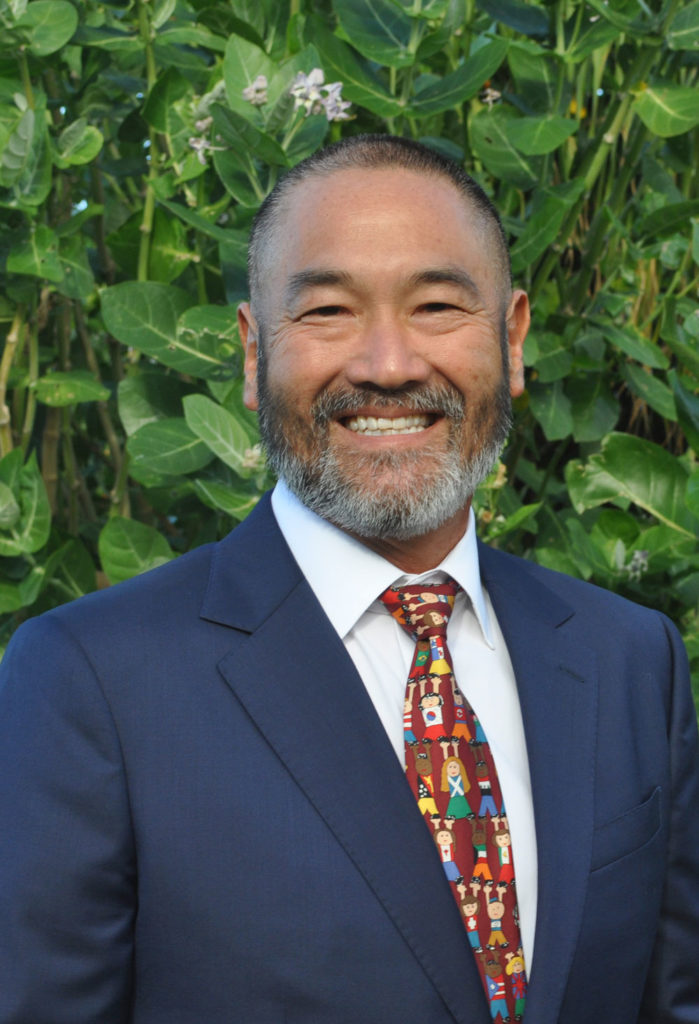A Letter From the CEO: September 2021

In talking to school leaders around the country this past summer, I heard many of their concerns regarding state legislatures deciding how individual schools teach students and train educators on diversity, equity, and inclusion. NASSP believes that those of us in schools should make curriculum and professional development decisions, not those in state or federal capitol buildings.
Local control is the heart of the U.S. education system. Communities within one state vary widely, and so do their needs and priorities. That’s why our education system prioritizes local school decision making. Of course, when it comes to curriculum, standards and benchmarks apply to all schools. And specific commonalities, such as subjects taught and concepts covered, exist for good reason.
Based on my years of experience in education, districts improving student outcomes and school performance have one thing in common: They involve and engage their educators in deep conversations about standards, curriculum, and instructional strategies. Content and the ways in which it is taught should be decided by and with teachers and school leaders—the education experts.
Teachers know the mix of students in a given classroom, and principals know the mix of students in each grade—as well as the school’s larger context, challenges, strengths, and demographics. Principals develop relationships with families and community members, ensure students’ cultural backgrounds and home languages are recognized and respected, and create schedules and structures that allow families to participate in school activities and decision making. What to teach and how to teach it in a way that supports student learning is a nuanced decision best left to those who work directly with our students.
NASSP has long condemned the structural, institutional, and systemic racism that pervades every dimension of American life, including education. As a national organization, we call on school leaders to embrace racial justice and advance educational equity.
At its core, equity is a commitment to social justice, civil rights, and human connectedness. As school leaders, we have a responsibility to ensure that history, social studies, and civics curricula include accurate representations of the pivotal role race has played in American history and governance, and of slavery’s traumatic and long-lasting impact.
State and federal legislative bodies are not education experts, and they cannot know a school’s ecosystem of individual people and communities. But educators and school leaders do. They are professionals who should be making curriculum decisions based on their deep expertise in what children need to know, how they actually learn, and who they really are.
Sincerely,

Ronn K. Nozoe
CEO, NASSP
